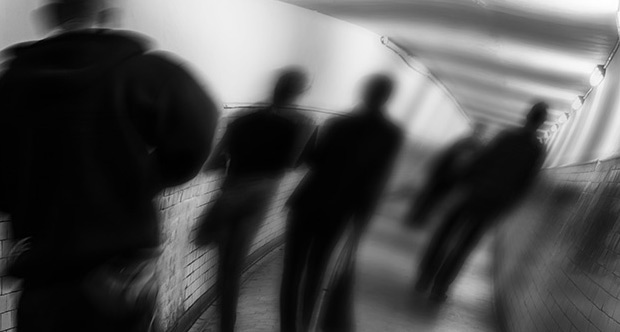Schizoaffective Disorder

Schizoaffective Disorder

Schizoaffective Disorder

Schizoaffective disorder (SAD) is a mental health condition characterized by mood disorder and psychotic disorder symptoms that do not have enough of the criteria for diagnosis of a mood disorder or schizophrenia individually.
SAD is often misdiagnosed as a mood disorder or a psychotic disorder, but the main difference with schizoaffective disorder is that in addition to the manic or depressive episodes, the psychotic symptoms can last for two or more weeks without any major mood episode. The right diagnosis will ensure the right treatment.
Prevalence
SAD affects less than 0.8% of the general population at some point during their lives, and the onset of symptoms usually occurs between 16 and 30 years of age. It is more common in females than males; however, this is because of the high proportion of females in the depressive subcategory, whereas the bipolar subtype affects men and women equally.
Symptoms of Schizoaffective disorder:
Mood symptoms can be:
OR
OR
Psychotic symptoms can be both:
If you are experiencing suicidal thoughts, you can call the Suicide Prevention Hotline and talk for free at 1-800-SUICIDE (1-800-784-2433) or 1-800-273-TALK (1-800-273-8255). They can also provide you with information about low-cost clinics and therapists for your depression.
Call 911 if you are seriously contemplating or vocalizing thoughts of suicide or self harm.
Diagnosis of Schizoaffective Disorder:
A full physical exam, lab work, possible brain scan, and review of mental health and family history are done first to rule out any medical or substance abuse reasons for the symptoms. It is especially important to check for reactions to medications the person is currently on, as these are sometimes responsible for psychotic episodes.
DSM-5 lists the following diagnostic criteria for schizoaffective disorder:
Types of Schizoaffective Disorder:
There are two types of schizoaffective disorder:
SAD, Psychotic Mood Disorder, Schizophrenia, and Schizophreniform Disorder
Causes of Schizoaffective Disorder:
The exact cause of SAD remains unknown; however, it has been suggested that biological and environmental factors are possible:
Schizoaffective Disorder complications:
The complications of SAD include:
Treatment of Schizoaffective Disorder:
The treatment of SAD includes psychotherapy and medication. Hospitalization may be necessary when there is a risk to self and/or others. Psychiatric and occupational rehabilitation can help to promote recovery of mental and social functioning in people with this chronic condition.
Symptoms of Schizoaffective disorder:
Mood symptoms can be:
OR
OR
Psychotic symptoms can be both:
If you are experiencing suicidal thoughts, you can call the Suicide Prevention Hotline and talk for free at 1-800-SUICIDE (1-800-784-2433) or 1-800-273-TALK (1-800-273-8255). They can also provide you with information about low-cost clinics and therapists for your depression.
Call 911 if you are seriously contemplating or vocalizing thoughts of suicide or self harm.
Diagnosis of Schizoaffective Disorder:
A full physical exam, lab work, possible brain scan, and review of mental health and family history are done first to rule out any medical or substance abuse reasons for the symptoms. It is especially important to check for reactions to medications the person is currently on, as these are sometimes responsible for psychotic episodes.
DSM-5 lists the following diagnostic criteria for schizoaffective disorder:
